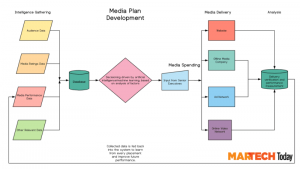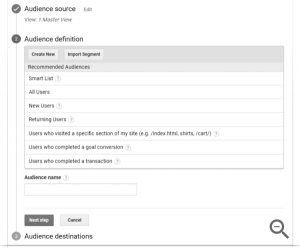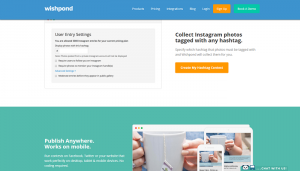
Finding quality employees is always top of mind for HR teams.
In a recent study by the Society for Human Resource Management (SHRM), HR professionals were asked what their biggest challenges would be over the next decade. Half (51%) indicated that it will be obtaining human capital. This trend is likely to be a more immediate concern for companies as they look ahead to 2016. These four factors are contributing to recruiting challenges this year:
Challenge #1: Growing Levels of Employee Turnover
As the economy continues to improve and the job market rebounds, some employees will decide to explore different job options. When 2015 drew to a close, the U.S. job market showed signs of strength. The Bureau of Labor Statistics reported that employers added 292,000 jobs in December which was the largest gain all year. This job growth was seen across many industries. The sectors with the highest levels of growth in December 2015 included: professional business services, education and health services, construction, leisure and hospitality, transportation and warehousing, and government. Companies that employ staff in these fields should not be surprised if employee turnover increases in 2016, as talent seeks different job opportunities.
A survey conducted in late 2015 found that one-third of the workforce was planning to change jobs within six months. Anecdotal evidence suggests that employees in certain industries are continually getting messages at their LinkedIn accounts with information about new job opportunities. In response, many firms are focusing on employee retention, but a certain amount of turnover is inevitable as the economy improves.
Challenge #2: Increased Demand for Talent for Certain Job Functions
During 2015, companies reported that the most difficult openings to fill were for skilled trade workers, drivers, teachers, sales reps, administrative professionals, management and executives, nurses, technicians, accounting and finance staff, and engineers. In some cases, demographic shifts are driving demand. The aging population is resulting in more retirements, as well as increased demand for certain services such as healthcare. Demand for home health aides, for example, is expected to increase 48% over the next seven years. Yet, low salaries for this work make it challenging to find quality talent.
Challenge #3: Difficulty Finding Qualified Applicants with the Skills to Succeed
Although companies may have candidates for open positions, those individuals often don’t have the skills and competencies needed to perform on the job. According to a survey conducted in 2015, three of the five top reasons why it is difficult to fill jobs related to inadequate skills. HR professionals often find that applicants lack the necessary technical competencies, don’t have relevant experience, or are missing the soft skills that are essential to succeed in the workplace. This makes it difficult for HR teams to deliver on the recruiting promises made to their organizations. Quality of hire is considered by many HR professionals to be the most valuable metric for evaluating an employee’s on-the-job performance.
Challenge #4: Higher Wages in Certain Markets are Driving Up Recruiting Costs
During the last quarter of 2015, wages across all industries in the United States increased 1.1%. The average 12 month increase in wages in 2015 was 1.5%. Certain geographic markets have experienced higher wage growth than others. The markets with the highest wage growth in 2015 included San Francisco, Chicago, Washington D.C., and St. Louis.
Addressing these four recruiting challenges will be important for companies, since talent shortages can affect customer satisfaction, organizational productivity, and employee morale levels. As HR teams evaluate their options, here are four tips that can improve recruiting efforts in 2016:
Find Passive Candidates Through Social Media Recruiting
Employers report that social media is an effective way to attract people who aren’t actively looking for a new position. Research has found that over three quarters (84%) of companies are recruiting via social media. Social media can also be an effective way to attract candidates from underrepresented groups.
Cast a Wider Net for Applicants with Mobile Recruiting Partners
Job search web sites, such as Indeed Apply, that are optimized for mobile devices tend to reach a wider audience than traditional online recruiting techniques. Over one-third of companies now use mobile recruiting.
Consider an Employee Referral Program
Candidates who are referred by existing employees have longer tenures and higher job performance levels than other applicants. This may be due, in part, to the fact that existing employees are likely to refer friends and acquaintances they know will fit into the company culture.
Use an Applicant Tracking System
Automating the application process with a solution that is linked to online job boards and allows you to easily post to social media is one way to reach high volumes of quality candidates. This frees time for HR to focus on interactions that will result in the best possible hires for open positions.
Business & Finance Articles on Business 2 Community
(60)








